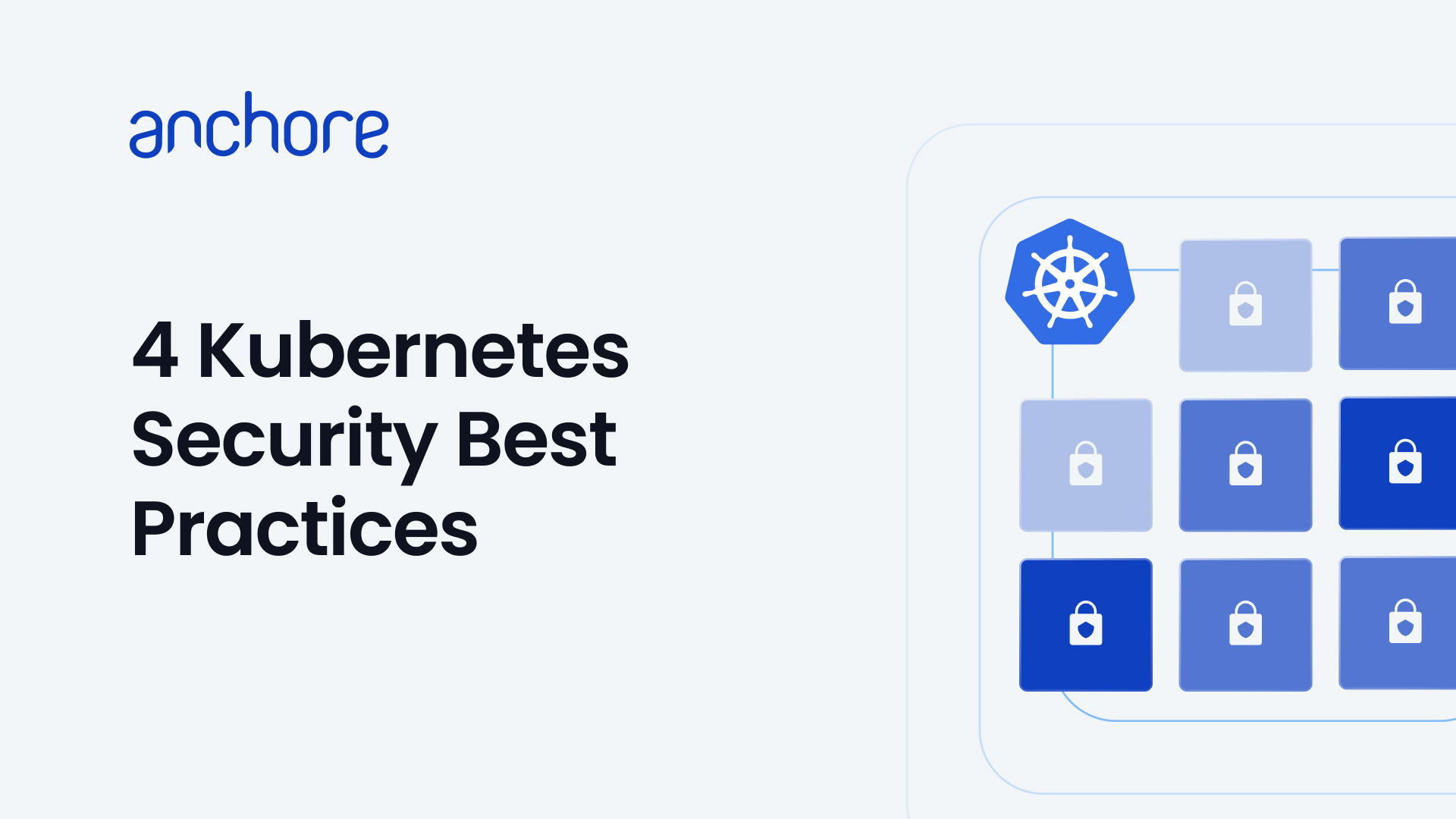Kubernetes security best practices are a necessity now as Kubernetes is becoming a defacto standard for container orchestration. Many of the best practices focus on securing Kubernetes workloads. Managers, developers, and sysadmins need to make it a habit to institute early in their move to Kubernetes orchestration.
Earlier this year, respondents to the Anchore 2021 Software Supply Chain Security Report replied that they use a median of 5 container platforms. That’s testimony to the growing importance of Kubernetes in the market. ”Standalone” Kubernetes (that are not part of a PaaS service) are used most often by 71 percent of respondents. These instances may be run on-premise, through a hosting provider, or on a cloud provider’s infrastructure. The second most used container platform is Amazon ECS (56%), a platform-as-a-service (PaaS) offering. Tied for third place (53%) are Amazon EKS, Azure Kubernetes Services, and Red Hat OpenShift.
A common industry definition for a workload is the amount of activity performed or capable of being performed within a specified period by a program or application running on a computer. The definition is often loosely applied and can describe a simple “hello world” program or a complex monolithic application. Today, the terms workload, application, software, and program are used interchangeably.
Best Practices
Here are some Kubernetes security best practices to keep in mind
1. Enable Role-Based Access Control
Implementing and configuring Role-Based Access Control (RBAC) is necessary when securing your Kubernetes environment and workloads.
Kubernetes 1.6 and later enable RBAC by default (later for HAProxy); however, if you’ve upgraded since then and haven’t changed your configuration since then, you should double-check it. Due to how Kubernetes authorization controllers are combined, you will have to enable RBAC and disable legacy Attribute-Based Access Control (ABAC).
Once you start enforcing RBAC, you still need to use it effectively. You should avoid cluster-wide permissions in favor of namespace-specific permissions. Don’t give just anyone cluster admin privileges, even for debugging – it is much more secure to grant access only as needed.
2. Perform Vulnerability Scanning of Containers in the Pipeline
Setting up automated Kubernetes vulnerability scanning of containers in your DevSecOps pipelines and registries is essential to workload security. When you automate visibility, monitoring, and scanning across the container lifecycle, can you remediate more issues in development before your containers reach your production environment.
Another element of this best practice is to have the tools and processes in place to enable the scanning of Kubernetes secrets and private registries. This is another essential step as software supply chain security continues to gain a foothold across industries.
3. Keep a Secret
A secret in Kubernetes contains sensitive information, such as a password or token. Even though a pod cannot access the secrets of another pod, it’s vital to keep a secret separate from an image or pod. A person with access to the image would also have access to the secret. This is especially true for complex applications that handle numerous processes and have public access.
4. Follow your CSP’s Security Guidelines
If you’re running Kubernetes in the cloud, then you want to consult your cloud service provider’s guidelines for container workload security. Here are links to documentation from the major CSPs:
Along with these security guidelines, you may want to consider cloud security certifications for your cloud and security teams members. CSPs are constantly evolving their security offerings. Just consulting the documentation when you need it may not be enough for your organization’s security and compliance posture.
Final thought
Kubernetes security best practices need to become second nature to operations teams as their Kubernetes adoption grows. IT management needs to work with their teams to ensure the best practices in this post and others make it into standard operating procedures if they aren’t already.
Want to learn more about container security practices? Check out our Container Security Best Practices That Scale webinar, now on-demand!



